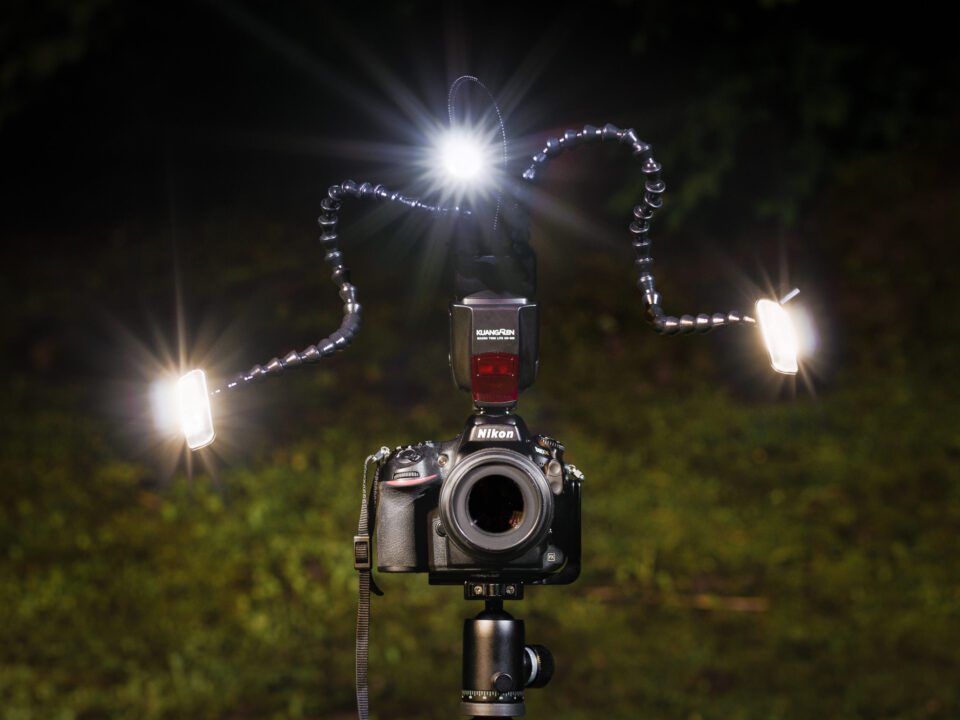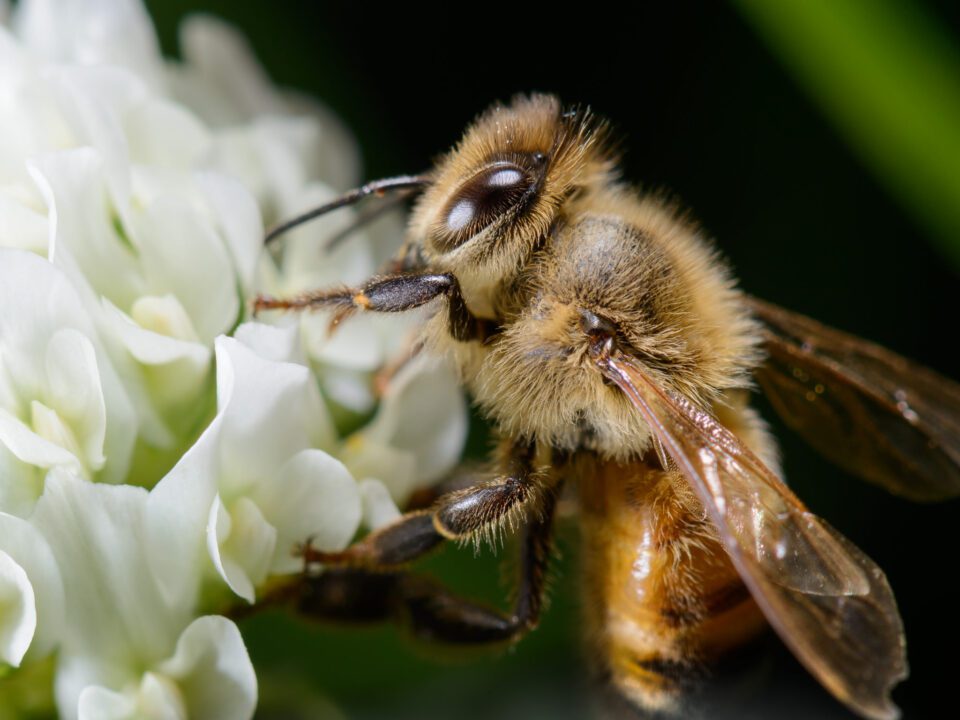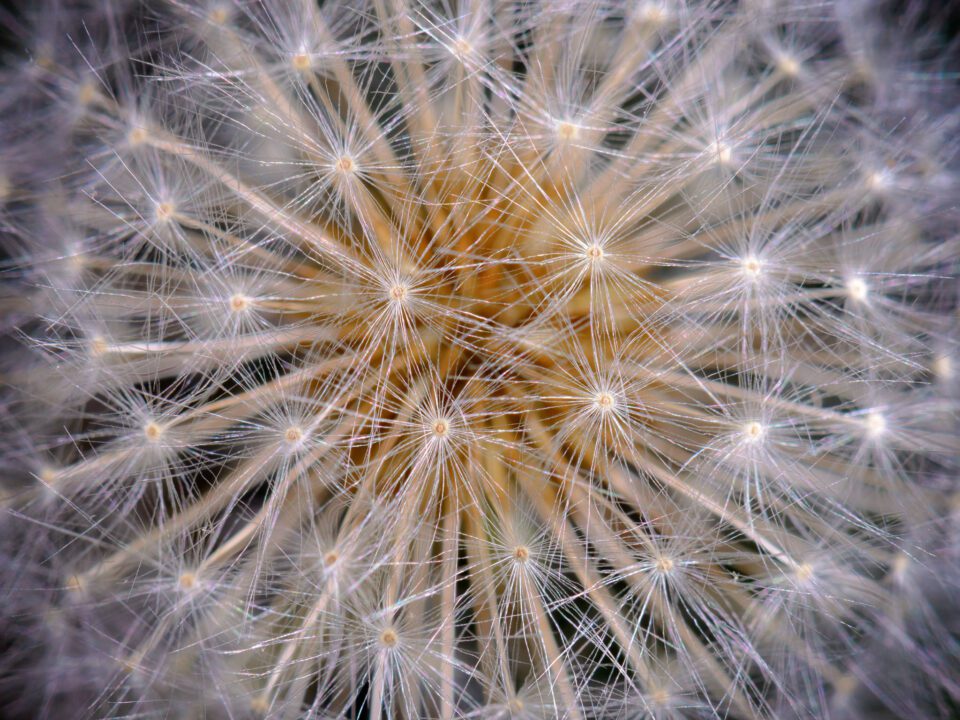Venus Optics KX800 Macro Flash Review
Macro photographers tend to struggle with two crucial variables when lighting their subjects. First, high-magnification macro photography usually involves apertures between f/16 and f/32. To use an aperture this small, you need a high-powered flash — especially if you want to use a diffuser. The second major issue is that many macro photographers work with just one on-camera flash, meaning that the lighting can appear flat and dull, even when diffused. So, when Venus Optics announced their alien-looking KX800 dual flash, I was excited to see that they had put considerable effort into solving these two major problems.
The KX800 claims to be the brightest dual flash on the market, period. With a guide number of 190 feet (58 meters) at ISO 100, it handily lives up to this claim. The brightness of the KX800 certainly helps with macro photography, making it easier to diffuse the flash and still keep your ISO down to reasonable levels.
The main claim to fame of the KX800 is not its brightness, though — the KX800’s best feature is its ability to position the flash heads so flexibly. The KX800 features two flashes (on the left and right sides) and one LED light (in the middle). Each of these lights is on its own flexible arm, making it possible to position them however you want. As far as I have seen, no other product on the market affords users this much flexibility for lighting a macro photo. Plus, when you consider that the KX800 costs just $279, far less than any other dual macro flashes, it seems like Venus Optics has created a winner.
1) Specifications
- Guide Number: 190 feet (58 meters) at ISO 100
- Flash Time: 1/20000 to 1/200 second
- Output Settings: Eight power levels (1/1 to 1/128)
- Recycling time: 2-5 seconds
- Shots per charge: 100 to 1500, depending upon the power setting
- Flash color temperature: 5600 K
- Battery type: Four AA batteries
- Exposure modes: Manual only; each flash can be controlled independently
2) Construction
The KX800 has three arms: two flashes, and one LED light in the middle. These three flexible arms give you a lot of leeway with your lighting setups, which very few macro flashes can do.
Parts of the design feel a bit flimsy, but this isn’t much different from Nikon’s own (and far more expensive) R1C1 kit. The flash arms themselves feel acceptably made, but the larger mechanism that attaches to the camera feels like it is constructed more cheaply. For example, the red light to show the power setting will bleed over to the other squares, as shown below.
To attach the flash to the camera hot shoe, you spin a plastic screw on the KX800 until the flash is locked in place. However, this mechanism is not perfect. When the screw is tightened a normal amount, the flash can still be removed from the camera without too much force. However, if you tighten the screw too much, it becomes unreasonably difficult to unscrew again. I wish that the KX800 used a locking switch (like most Nikon flashes), although I’d imagine that such a mechanism would be more expensive.
The last issue is that, on occasion, my KX800 would choose not to fire, even with a full battery. I soon realized that this was because the flash had slipped slightly out of the camera’s hot shoe — something that I couldn’t fix by tightening the plastic screw, since I was worried that I then wouldn’t be able to unscrew it! This problem didn’t happen much, but I had to be aware of the issue whenever I repositioned the flash arms.
On the positive side, the flash arms themselves are constructed quite well, and (importantly) they stay locked in place without drooping. If the flashes slipped from the position I wanted, the entire system would be all but useless for me. Luckily, the KX800’s flash arms are extremely nice — easy to adjust, yet also quite strong.
Ultimately, any design-related issues with the KX800 are not fatal. The build quality is actually quite acceptable, especially considering that the KX800 is such a revolutionary product. It may look a bit alien, and its construction certainly could be improved, but I believe that it is still the most practical macro lighting solution available today.
3) Operation
The KX800 is easy to operate, and quite intuitive. To turn on and then change the brightness of each flash, just press the – or + buttons on the side you want to change. To turn off the left or right flashes, press the left or right buttons on the control pad. To turn on and change the brightness of the LED light, press the up and down buttons on the control pad. Finally, the “pilot” button will fire a test shot at low power. I still don’t know what the center button does, although the flash beeps if you hold it down long enough.
I have been extremely happy to see that, even at just 1/32 power (my go-to without a diffuser), the KX800 is bright enough that I can shoot a 1:1 macro photo at ISO 100 and f/16 without underexposure.
Note that the KX800 is a manual-only flash. I was initially a bit worried about the lack of a TTL (automatic) mode, but honestly it has never been an issue in practice. I have yet to see a flash setting that exposes one subject well, yet vastly over/underexposes another. Although a TTL mode would be nice, I am perfectly content without one on the KX800.
In using the KX800, my goal has been to find the most natural-looking ways to position the flash that I can. Although I am sure that better setups exist, I have come up with one in particular that works quite well for me. I set up the flashes (at equal power) as follows: I will put one flash low, in front of, and to the right of my subject. The other flash is the opposite — above, behind, and to the left of the subject. I make sure to line up the flashes so that their light intersects diagonally with the subject. This setup gives a wonderfully three-dimensional feel to the subject, which looks both natural and dramatic.
If you want to diffuse your macro flash, you will find the extreme brightness of the KX800 to be very useful. By pointing both (diffused) flashes at your subject from above and in front, you can light your image to look quite natural. Note that you’ll need to design your diffusers so that their weight doesn’t drag down the arms of the KX800.
The KX800 is great for experimenting, and some situations may call for completely different lighting setups. Try, for example, using one flash at a lower power than the other, or pointing the flashes in a way that causes dramatic shadows. You can even experiment with different colors by buying gels to put in front of the flashes.
Note that, because the KX800 can be positioned so flexibly, you may need to pay close attention to objects that are in the path of the flashes. This is especially true given that the flashes won’t increase their brightness automatically if something is in the way, since the KX800 has no TTL mode.
If it is dark when you are photographing macro subjects, focusing (already tough for macro photography) becomes even more of an issue. Although I do not use it much, the LED light on the KX800 is invaluable when I am photographing bugs around sunrise or sunset. I set the LED at a low brightness (to save battery power), then position it directly above the spot where I have set my focus. Even at a moderate brightness level, this LED light is overpowered by the brightness of the flashes themselves, so it has little bearing on the quality of light in the final image.
Finally, the recycle times of the KX800 are wonderful. At the same brightness as my SB-600, the KX-800 recycles about twice as fast. Plus, I get a few hundred shots on the KX800 before it dies, which is impressive considering its output. I’m not sure how Venus Optics managed to make the KX800 so powerful, but I am thoroughly impressed.
4) Conclusion
The KX800 certainly lives up to its reputation as a game-changing flash. No, it is not constructed perfectly, but that is forgivable because it shines in every other way. The KX800 is the brightest, most flexible, and least expensive dual flash on the macro photography market. More than any other flash I have ever used (which includes the SB-600, a ring flash, and the R1C1), the KX800 makes it easy to take macro photos that are well-lit and natural in appearance.







0 comments: